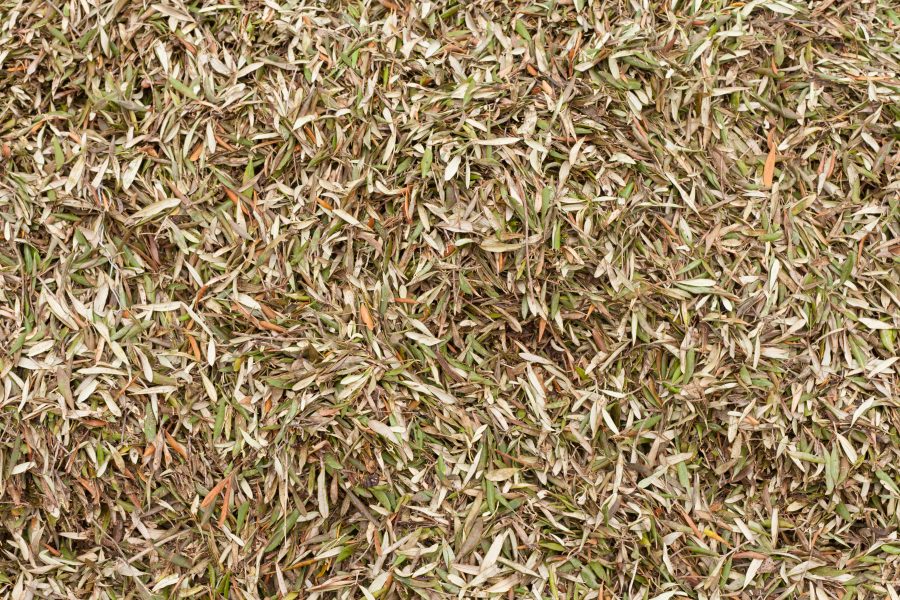There is an increasing interest in the use of biomass in the energy and raw materials supply. Biomass can come from crops that grow on land or in the sea, but also from residual flows from forestry, agro and food industry or other industrial sectors.
What is biomass?
Biomass is all vegetable or animal material, or processed material of vegetable or animal origin. Biomass can be divided into groups with comparable properties and / or technical possibilities:
- Crops (e.g. grain, maize, rapeseed, sugar beets), green biomass (grasses), woody biomass (willow, poplar, pruning and thinning wood), aquatic biomass (algae, seaweed)
- Residual flows that are released in the field (such as straw, hay, beet leaves but also manure)
- Residues that are released during a production process (residual wood, potato steam peels, oil seed scraps, carrot shavings and coffee grounds)
- Residues that are released after use as a product (such as sewage sludge, waste wood, organic waste and textiles)
The composition and structure of the biomass has a major influence on the further processing of biomass into biobased products and energy.
Benefits
Biomass has two important advantages over fossil resources:
- biomass is renewable, so there is no depletion
- biomass is seen as CO2 neutral due to its short carbon cycle.
In addition, biomass is the only substitute for fossil raw materials for applications where carbon is indispensable, such as with various chemicals and materials.
Source: www.biobasedeconomy.nl

